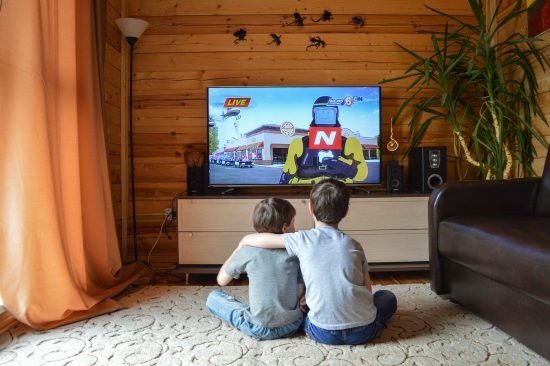In today’s digital age, it’s no secret that children spend more time glued to screens. Whether it’s their smartphones, tablets, or video games, screen time has become ubiquitous in their lives. However, excessive screen time can harm their physical and mental well-being. A recent study revealed that children between 8 and 12 years spend an average of 4-6 hours daily in front of screens, which is equivalent to a full-time job. This alarming statistic should prompt parents to get proactive about screen time regulations. The following tips can help you regulate your child’s screen time.
1. Create a family media plan

If your kids are old enough to understand, decide together as a family how best to designate screen-free time zones in your home. You should also decide how best to balance offline and online times. Of course, you may decide to drop the hammer and impose whatever screen restrictions you want on your kids. But the purpose here isn’t to punish them; it’s to help them. So it’s best to talk about it as a family.
2. Consider enrolling the little ones in daycare
Daycare offers numerous benefits for kids, but one thing most people may not know is its ability to help regulate screen time. Most daycares have a structured approach to screen time, with many limiting children’s use of screens to only 30 minutes. Other daycares also follow strict regulations and guidelines from local authorities. This way, they’re able to promote a healthy balance between screen devices and physical activity. Enrolling your child at a daycare centre can help instill some discipline in them regarding how often they use screens and for how long.
3. Replace screen time with active or fun time
If you’re going to limit screen time or take it away, you should provide a fun alternative so your kids don’t end up idling around. Think about fun activities they can engage in while away from their screen, ideally outdoor activities. For example, they can play sports with the family or with other kids, join a local kids club, go hiking with the family, do a crossword, or participate in any other fun activities at home.
4. Promote recreative educational alternatives

Active and fun alternatives are great, but don’t forget to educate your kids while they have fun. Introduce your child to creative educational activities that captivate their interest. For example, you can encourage them to draw, paint, read, solve puzzles, play board games, or build fun projects. You can also lead them through reenacting some historic scenes. These options are fun, engaging, and educative and will supplement your child’s academics.
5. Establish screen-free zones
Be sure to designate specific areas in your home as screen-free zones. Places like the dining table and bedroom are excellent considerations, as you don’t want your child behind a screen during dinnertime or when they should be sleeping. You can also establish screen-free times when you have a family gathering dedicated to other purposes. Unless during a family movie or gaming night, all other family gatherings should be free of screens, especially regarding your kids. This way, you can ensure an uninterrupted family bonding time.